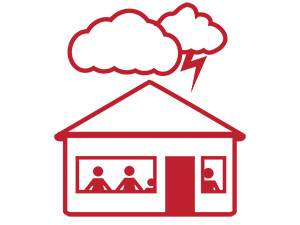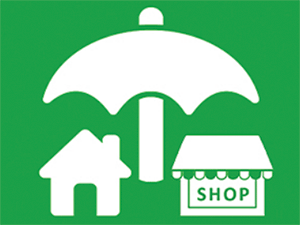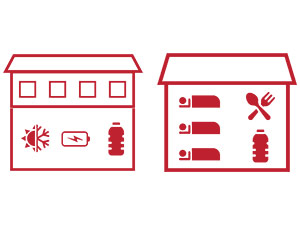Response
Responding safely to an emergency
The response phase of an emergency can start immediately before, during, or immediately after the emergency has occurred. Response activities limit or prevent damage to life, property, or the environment. They are actions that will protect yourself, your family, pets, livestock, and others.
The first priorities during response are basic services such as hospitals, fire departments, police, and municipal units (i.e., water and sewer). This is usually managed using first responders and other local resources. If additional assistance is required, requests can be made to the provincial and then federal governments as needed.
During this phase, businesses and other operations will not be functioning normally. Your personal safety and wellbeing during the emergency and the response phase will depend on your level of preparedness and how well you respond during times of crisis. Ensure you are taking safe and responsible actions during or immediately after an emergency.
Examples of response activities include:
Municipal Response Examples
- Implementing disaster response plans
- Conducting search and rescue missions
- Addressing public perceptions about food safety
- Working with first responders to assist where requested. Including power reconnection, supplies and additional resources.
- Working with community groups to set up shelters and comfort stations
- Ensuring municipal units’ critical infrastructure (water, sewer, etc.) are functioning and have power and supplies
Homeowner Response Examples
- Sheltering in place or evacuating as directed by officials
- Monitoring for life-threatening events or damage during an emergency (falling trees, flooding, fire, etc.) You may need to move from your location based on what is happening
- Shelter or move animals, including livestock
- Turning off utilities to prevent fires/explosions
- Creating flood/fire barriers
- Limit the use of phones for calling, texting, etc. to ensure lines remain available for emergency responders
- key words












